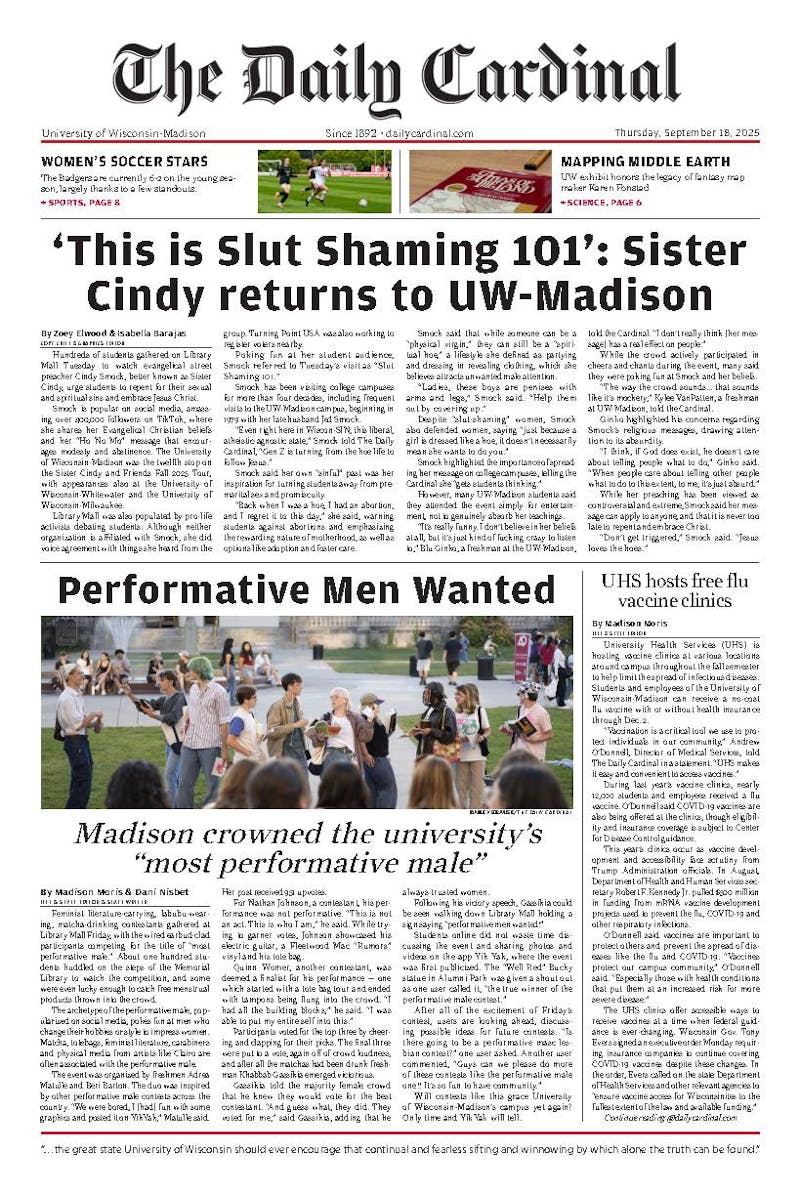According to The New York Times itself, it appears ""All the News That's Fit to Print,"" is now fit to charge readers as well, both online and on newsstands.
In a move that has been in the works for over a year, The New York Times has finally made the decision of how to go about charging Internet readers for content. Already instituted in Canada and going into effect March 28 in the U.S., The New York Times will prevent those who view more than 20 articles within a four-week time period from viewing additional articles unless they pay up.
As reported on The Guardian's online version, it will now cost diligent, web-based readers $15 every four weeks for access to The New York Times news on their smart phones and the website, $20 every four weeks for website and tablet accessories access, and $35 for all of the above. Those who already subscribe to the print version can sign up for these services for free.
Representatives for The New York Times and financial analysts say this decision puts the paper in a position to increase revenue, an important point in today's society of free information and a failing press. With vast amounts of news sources permeating the web, papers seem to find it increasingly difficult to gain a strong footing in the Internet arena.
I understand their predicament—the youth of today do not want to spend their spare change on a paper when they can peruse the headlines on their laptop during a history lecture—but I do not believe The New York Times has chosen the correct measures to prevent their business from going under.
Charging for this content will cut off a lot of readership, especially from the college-aged, yet news-savvy audience. The New York Times may radiate a classic, cool vibe among readers, but when it comes to obtaining the news, this vibe is not worth a monthly $15 fee to most media consumers.
Let's face it. Half of the value of The New York Times is the stigma attached to the name. The paper waxes history and makes me want to grab a pipe and throw on a smoking jacket while I read it. Yet it remains hip and also broadcasts my worldly wisdom because I read such a classic paradigm of reporting at its finest.
However, as much as I would love to look mature and cultured as passersby look over my shoulder while I read the news online, ultimately I am a college student; I need to buy groceries; rent is due every month; my laundry costs two bucks a load, and I can get what I believe to be equally as reliable content elsewhere online for free.
Also, it appears The New York Times have based their decision off an analysis of the success of The Financial Times, which switched to charging for online content from a monthly 10 free articles a few years ago. But the differences between the two papers make them hard to compare. Readers of financial news are a much more specific audience who require news that is analyzed and interpreted by professionals.
Not to say that general news reporters are not professionals, but consumer-generated content works for world news where it could never in the arena of money. Plus, those reading The Financial Times generally have a stake in the content they are ingesting. I cannot imagine very many people with no relationship to the stock market pay for The Financial Times. Therefore The Financial Times readers will pay for specific financial content when it comes down to it.
I do see merits in having unlimited access to The New York Times online content when it comes to utilizing archives, which is included in the pay packages. As I complete research for my history of mass communication midterm paper I may be willing to set aside my stingy ways and donate to the cause. But aside from this particular need, it does not seem worth the two bottles of Barefoot Pinot Grigio I could get for the same price.
Instead of cutting off a large portion of its audience, The New York Times needs to spend time looking for a different solution for garnering profits, as audiences may not be willing to compensate.
Jaime Brackeen is a sophomore majoring in journalism. Please send all feedback to opinion@dailycardinal.com.






